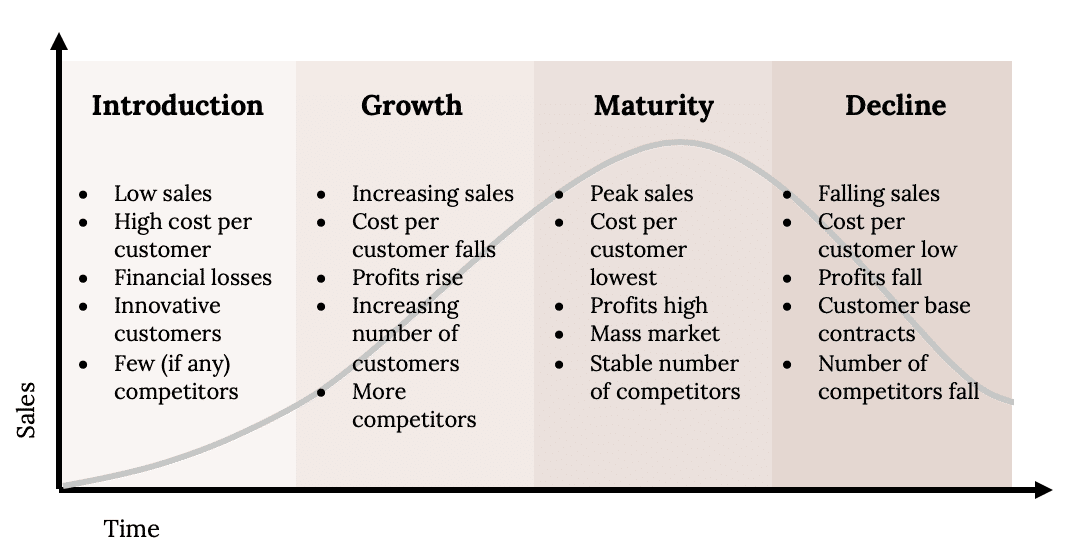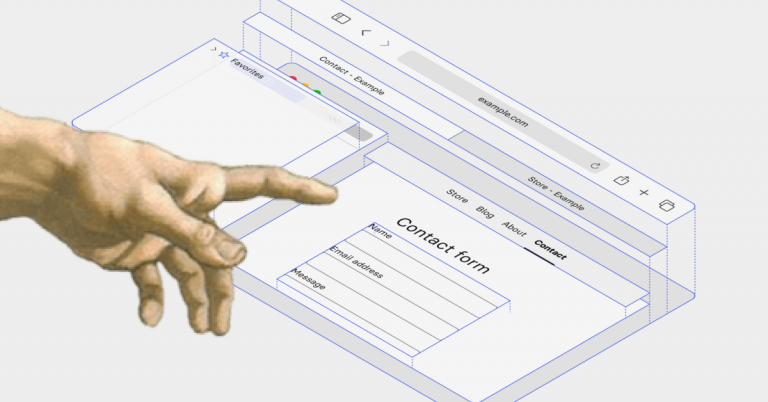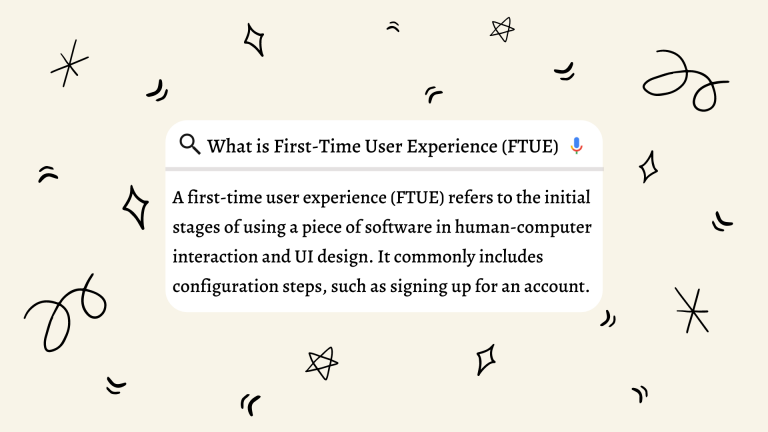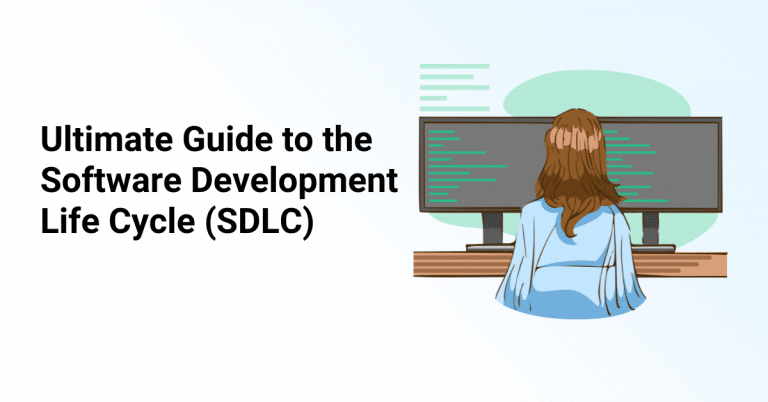What is product lifecycle management?
The basic definition of Product Lifecycle Management (PLM) is the business activity of overseeing a company’s product across its lifecycles in an efficient way. From the conception of the product all the way to its disposition. In other words, it is a way to see the entire life of your product and take advantage of each stage.
Why is product lifecycle management important?
The soul and most important aspect of a company is, of course, its product. Without products, there are no customers and no revenues. The product must be in constant evaluation for the changing market. Not only by developing new products but making the existing ones better by lowering costs, increasing durability and therefore profits.
It’s not only for the savings that the product lifecycle is important, besides implementing new tools and technologies you can yield a greater bottom-line saving and top-line revenue, but also making some necessary and well thought out changes in the processes and practices in order to gain control over your products lifecycle process matters.
So you should be in charge of the cycle and not let the product govern itself.
What is the product lifecycle used for?
CEOs, managers, analysts, specialists, and anyone in the scale of any company is involved in the product lifecycle. Each takes an important piece of information from it, learns, improves, and develops the continuous improvement of these products.
For example, engineers designing a product take into account how this product is going to be manufactured. While the recycling specialist will want to keep up with environmental laws, so it’s a team effort that combined makes the product and its lifecycle current.
So the main purpose of product lifestyle management (PLM) is to meet every business’s objectives of increasing product revenues, maximizing the product portfolio, reducing production costs or related costs, and obviously making more money for shareholders and keeping customers happy.
In a nutshell, PLM is used for:
– Financial Performance
– Time Reduction
– Quality Improvement
– Business Improvement

Stages of the product lifecycle
There are five product lifecycle stages:
1.Imagination
During this phase the product is just an idea in someone’s head, most great products from entrepreneurs start here without knowing they’re already developing their product lifecycle. E.g. thinking of an artifact to write and not have to refill ink every time it runs out.
2.Definition
The ideas are converted into a detailed description of how you want your product to be in every aspect. E.g. describing a long plastics tube, filled with ink and a steel ballpoint to have a continuous flow of ink while writing.
3.Realization:
This phase of the product lifecycle is where products take life and are executed, at the end of this stage the products exist in their final form which will go to the consumers or potential customers. E.g. producing your pen and having a physical final product ready to launch.
4.Support/Use:
Here is where the product is in action, the consumer is using it and meanwhile the business is lending support on any aspect the customer needs. E.g. launching your product to the market and have feedback from their use.
5.Retire/Dispose:
Eventually, every product gets to this stage where it is no longer useful and is disposed of by the customer or retired by the company. E.g. your pen runs out of ink and the customer will most likely go and buy another one.
It would be beneficial for you to read about the product release process to improve your knowledge!
How is the product lifecycle calculated?
There is no exact science on how to calculate a product lifecycle. However, you can get a pretty good estimate. There are two ways:
1. Seeing how long the product lasts as in its physical durability.
2. Follow your new product’s five stages of its lifecycle.
– See when the product is launched; take a look at its sales, this stage would mean it is in growth;
– Track the product’s sales peak which indicates the product has reached maturity.
Finally take into account falling sales next quarters, new substitute products or competitor’s products which will make yours obsolete.
With these simple tips and good observation, you can extrapolate these easy steps for any product you wish to determine its lifecycle.
How to manage product lifecycle?
A product must be managed in every phase of its lifecycle to ensure every aspect is taken into account, everything works according to plan and the product is profitable for the company.
There are many activities you can do in order to manage your product lifecycle, such as organization of product-related resources, general organization, decision making, setting and following objectives and goals and measuring your results, and take control of them. Interpret your data, feedback, and every aspect of your results so you can make the most of your product.
Remember that the Holy Grail for your product’s lifecycle is its five stages. For every question you may have, there you will find an answer to all questions. For the management of your product let’s go back to every aspect of the stages.
– The product needs to be managed when it’s just an idea to make sure that you don’t have ideas all over the place and that your product is not misunderstood.
– It also needs to be managed when it is being defined so it can meet all of your business and customer requirements.
– When it’s being executed you must manage in order to have the right definition for the proper production of your product.
– The product must also be managed when in use. Taking into account production dates, methodologies of inventory (For example FIFO, FEFO, etc.), upgrades to your product, new products in the market or new behaviors in the market, as well as the evolution of technologies.
– In the final stage, the disposal needs to be managed to ensure that no poisonous or toxic waste is produced and try to ensure an eco-friendly alternative for your product disposal.
A beautiful analogy that comes from this is that managing your product throughout its lifecycle is taking it “from sunrise to sunset held by the hand”.
Can the product lifecycle be used to help a business plan?
OF COURSE! And it should be used. It helps businesses organize and manage their strategies and efforts in a more well-thought-out way. It is used in business plans in risk reduction. It is considered a business activity in order to reduce risks such as:
– Product not behaving as expected
– Revenues lost to competitors
– Products late to market
– Products not meeting specifications
– Damage to company’s image
How do you extend the product lifecycle?

There are many ways you can extend your product’s lifecycle. It consists of a marketing mix in order to keep the curve from dropping into decline and extending its life. You can extend it in many ways, here are some we found interesting:
- Lower prices
- Alter your channel of distribution
- Find new markets
- Come up with a new advertising promotion
- Change your packaging
- Add more features
- Rename your product
- Change its usage
We also recommend you read Product Lead Growth in Saas to expand your knowledge about product management!







